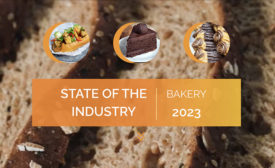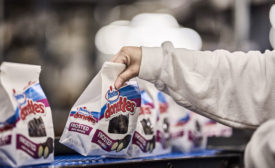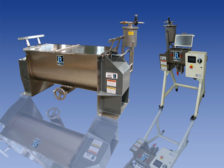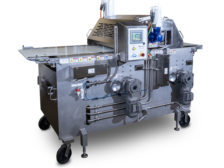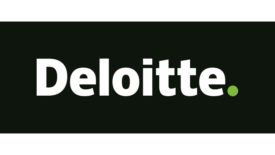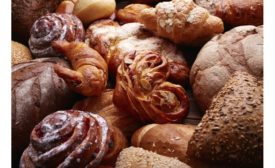Plant Efficiency
Equipment, technology, ingredients and tactics to improve processing plant efficiency and throughput.
ARTICLES
Despite ongoing inflation, labor, and supply-chain challenges, there’s still positive news for baking professionals.
Read More
2022 Bakery of the Year: Hostess Brands brings the joy
Hostess Brands, the 2022 ‘Bakery of the Year,’ continues to position itself for growth.
September 29, 2022
Automation, performance, maintenance top of mind for ingredient handling customers
Advancing technologies help streamline operations.
May 25, 2022
Using Industry 4.0 during the COVID-19 pandemic
More companies turn to Industry 4.0 solutions during the COVID-19 pandemic.
April 20, 2022
Schwartz Brothers Bakery expands from Seattle across the nation
Seattle’s Schwartz Brothers Bakery is steadily expanding its reach across the country.
March 3, 2022
New bakery mixers offer automation, sanitation, and continuous processing
Snack and bakery companies look for automation, ease of cleaning, and more in new and improved mixers.
March 2, 2022
Automation, sanitation, gentler handling sought for slicing, cutting, portioning equipment
Slicing, cutting, portioning equipment amps up their features and benefits.
February 2, 2022
Keep the info flowing with our eNewsletters!
Get the latest industry updates tailored your way.
JOIN TODAY!Copyright ©2024. All Rights Reserved BNP Media.
Design, CMS, Hosting & Web Development :: ePublishing
